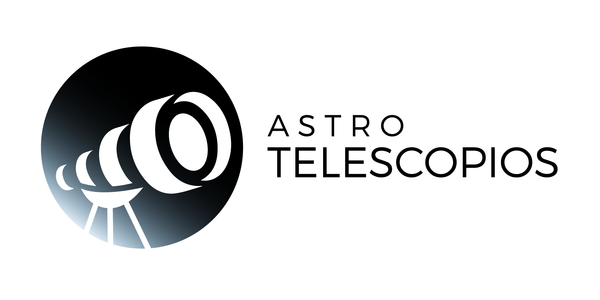
Astronomical events in September 2024: a month of conjunctions and bright planets
September 2024 promises to be a month full of astronomical spectacles, inviting us to look up at the sky and marvel at the planets and the Moon in their different phases. From dusk to dawn, celestial bodies will offer us impressive views that you won't want to miss. Below, Astro Telescopios, astronomy store, presents the highlights of this month.
Saturn in September Evenings
As night falls in September, the planet Saturn becomes one of the first bright spots to shine in the sky. From the east, this gas giant will make its appearance shortly after sunset, visible to the naked eye. Its rings, though difficult to see without a telescope, are one of the most fascinating phenomena in the solar system. Saturn will continue to dominate September nights, providing a spectacular sight for observers.
Venus and the Crescent Moon: An Evening Encounter
In the west, as the Sun sets, Venus stands out as the "evening star." This planet, the brightest of all after the Moon, will gradually gain height in the night sky over the next few months, becoming an object of great interest to amateur and professional astronomers.
On September 5, a thin crescent Moon will join Venus, creating a beautiful spectacle in the evening sky. This conjunction will offer an excellent opportunity to observe and photograph these two celestial bodies in the same field of view, providing an image of serenity and beauty.
Telescope for observing planets
The Planets at Dawn: Jupiter, Mars and Mercury
The early morning sky will also have its share of astronomical magic. Looking east at dawn, you can see Jupiter, the king of the planets, shining brightly on the horizon. Its large size and reflectivity make it an easy object to identify, even in the growing light of day.
Mars, although smaller and less bright than Jupiter, will be close in the sky, but will move further away as the month progresses. This makes the first days of September an ideal time to observe the "red planet" before it moves too far away.
Mercury, the closest planet to the Sun, will be visible low on the eastern horizon. Its observation is always a challenge due to its proximity to the Sun, but the rewards are great for those who manage to locate it. On September 1, a waning crescent Moon will join Mercury in the sky, forming a celestial pair worth observing in the early hours of the day.
September 2024 is set to be a spectacular month for astronomy lovers. With Saturn ruling the evenings, Venus and the Moon putting on a show at dusk, and Jupiter, Mars, and Mercury shining bright in the pre-dawn hours, there will be plenty of opportunities to enjoy the night sky. Don’t forget to get your binoculars or telescope ready, and be sure to find a spot with little light pollution to make the most of these astronomical events. See you under the stars!
This article was prepared by Astro Telescopios , a store specializing in the sale of astronomical telescopes and equipment for nature observation. With years of experience in the field of astronomy, Astro Telescopios is dedicated to bringing the cosmos closer to amateurs and professionals, offering not only high-quality products, but also knowledge and advice to make the most of the night sky.
Do you want to buy a telescope and need our advice? Write us a WhatsApp or contact us through our customer service email .



